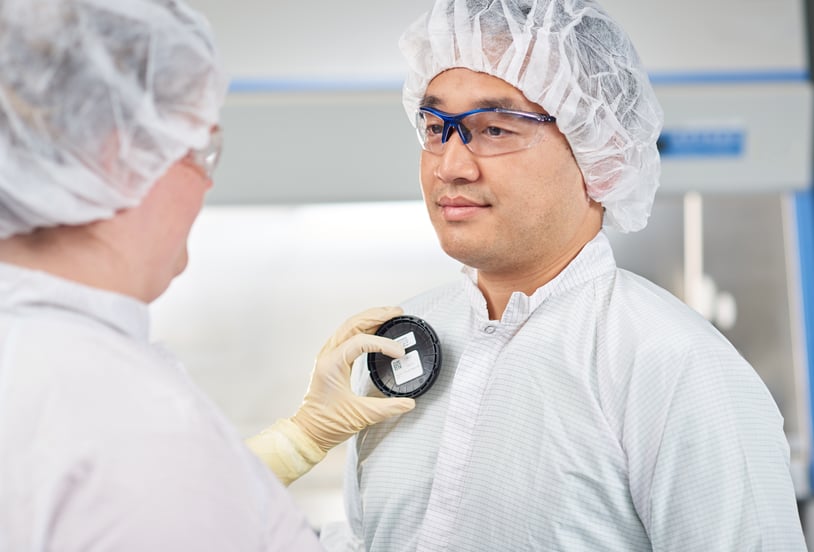blog
May 30, 2017 | Source: Admin User, Inc.
Using contact plates to perform environmental settle plate testing
POSTED BY Admin User | 5 minute read
May 30, 2017 | Source: Admin User, Inc.
POSTED BY Admin User | 5 minute read
A recent study published in the European Journal of Parenteral & Pharmaceutical Sciences shares results of an evaluation of contact plates versus Petri plates for performance of settle plate air monitoring for environmental contaminants.1
The study shows that microbial recovery is acceptable for both a double contact plate format with a 4-hour exposure as well as a single contact plate with an 8-hour exposure.
The contact plate format provides greater flexibility than the Petri plate, plus an important, measurable benefit: the use of only a single consumable.
 Advantages go beyond the surface
Advantages go beyond the surface
Pharmaceutical manufacturers’ environmental quality control program includes air monitoring using an active air sampler as well as settle plates. Current requirements specify exposure of a 90 mm Petri plate to the test environment for up to 4 hours prior to incubation and colony counting.2,3 In certain cases, a contact plate must be substituted either due to a technical requirement or to use only a single type of plate – for inventory control, for example.
However, this substitution poses a drawback: the surface of a standard contact plate is smaller than a Petri plate – up to 2.5 times less surface area.4 What’s needed is a strategy to replace the Petri plate for routine use with the smaller contact plate.
Options include using:
Validating feasibility and setting the stage for further study
Study results demonstrate that use of contact plates in place of a Petri plate is technically possible:
Rapid Micro Biosystems recommends the use of two contact plates in place of one Petri Dish. This allows capture of organisms throughout the high and low range of counts. Additionally, the exposure time will mirror the current process, preventing disruption to workflow due to extended exposure time.
Upon confirmation of the scientific and economic value of the contact plate format, sites may be able to implement new rapid microbiology methods that eliminate the reading cycle and help improve data security.
Learn about our research into the use of contact plates for settle plate testing and about how the Growth Direct™ System can help accelerate environmental monitoring in your facility.
References
1. Samson A, Sage A, Jones D. Use of contact plates to perform environmental settle plate testing. European Journal of Parenteral & Pharmaceutical Sciences 2017;22(1):XX.
2. US Pharmacopeial Convention. US Pharmacopeia Chapter <1116> Microbial Control and Monitoring of Aseptic Processing Environments. USP 37-NF32. Rockville, MD, USA: US Pharmacopeial Convention; 2014, pp. 931–942.